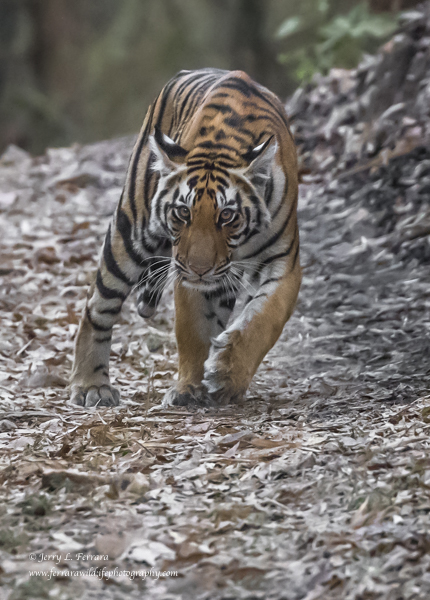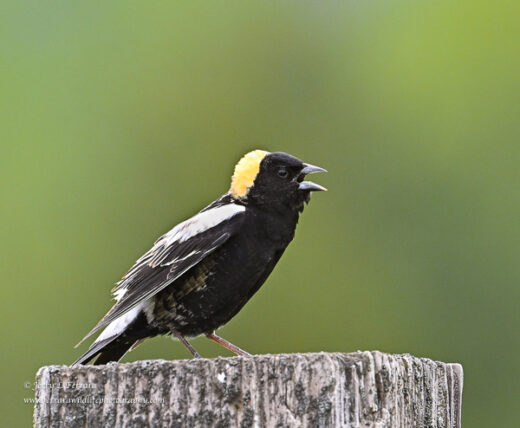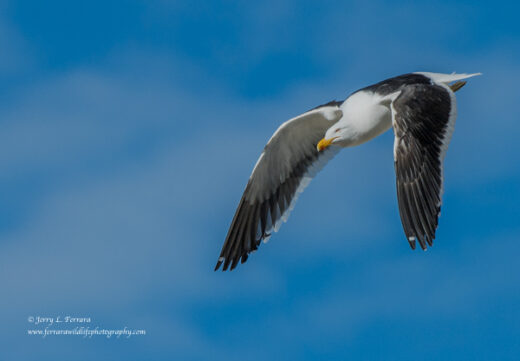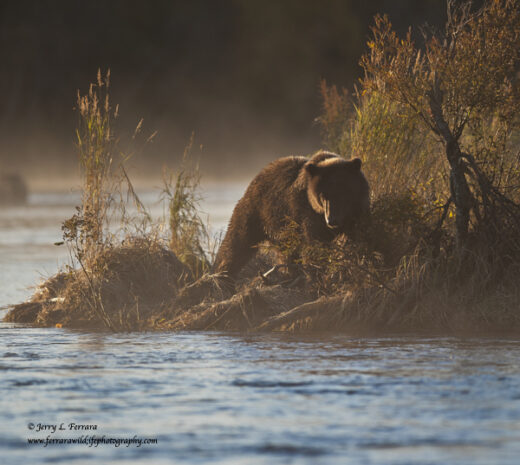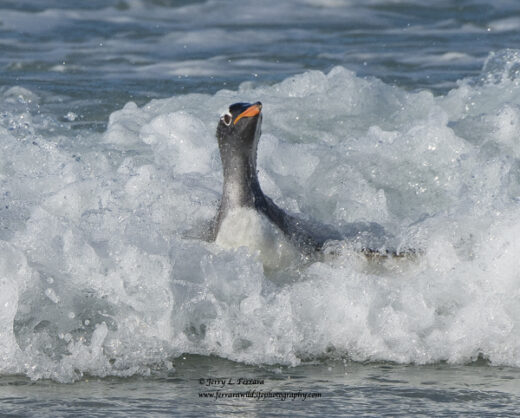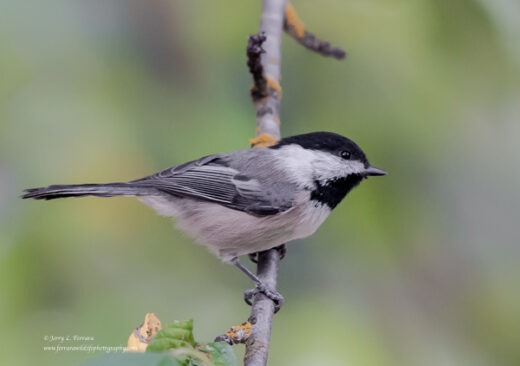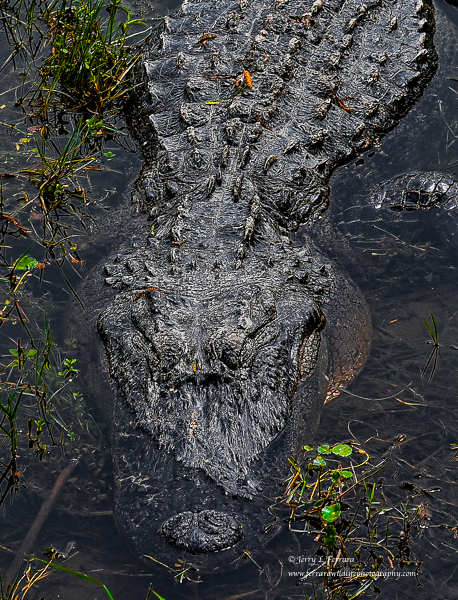Eurasian Otter – The Puckish Pair
The Puckish Pair On the coast of the scenic Scottish isles, a pair of Eurasian Otters take time to play while staging on a bed of seaweed. Following a round of spirited wrestling, the puckish pair vanished into the sea. ~ Anecdote and Eurasian Otter capture, The Puckish Pair © Jerry L. Ferrara

